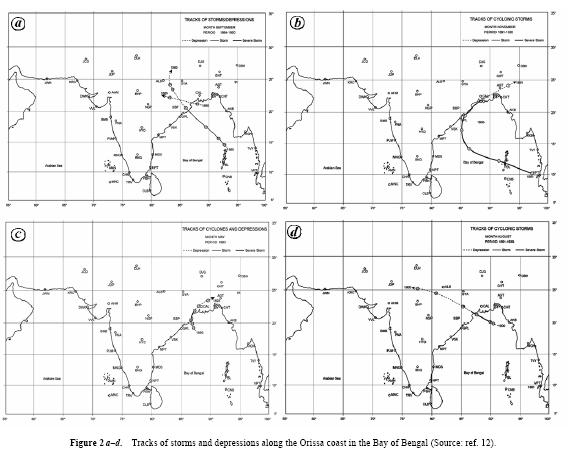/topics/inland-navigation-and-shipping
Inland Navigation and Shipping
Role of cyclones and other factors in the decline of the ports of northern Orissa - Current Science
Posted on 30 Jul, 2011 01:23 AM This article published in Current Scienc
This article published in Current Scienc
Harbouring trouble - The social and environmental upshot of port growth in India – A report by Dakshin Foundation
Posted on 22 May, 2011 12:04 PMBesides its own impact, port development is often accompanied by other activities such as the location of industries, power plants, railway lines, highways, hotels, SEZs, residential complexes, etc., that have multiple detrimental impacts – environmental, social and erosion related.
Sunderbans - A climate adaptation report by World Wildlife Fund India
Posted on 09 May, 2011 09:23 PM Beginning in 2005, WWF-India has conducted dozens of personal interviews to record how climate change impacts people's lives here and now. These perceptions demanded that s
Beginning in 2005, WWF-India has conducted dozens of personal interviews to record how climate change impacts people's lives here and now. These perceptions demanded that s
Strain on the marine aquatic environmental quality around Mumbai, owing to indiscriminate release of wastewater – Research reports from the National Institute of Oceanography
Posted on 10 Apr, 2011 07:21 PMThe first report titled “Heavy metal burden in coastal marine sediments of north west coast of India in relation to pollution” by M A Rokade, University of Mumbai uses the data on contaminants including metals in seawater, marine sediments and biota for the Mumbai- Bassein region, a high
Sethusamudram channel project - An epoch making event - Paper presented at the National Seminar on Water and Culture (2007)
Posted on 14 Feb, 2011 05:24 AMBeginning with the need for a such a shipping lane, the author compares its importance to the Suez and Panama canal. Currently ships have to go round Sri Lanka to go between the two India coasts. This increases the passage time and fuel costs.The canal would lead to a saving of 254 to 424 nautical miles and reduce sailing time of ships by 21 to 36 hours.
Implementing Vessel Monitoring System in India : High costs involved
Posted on 07 Feb, 2011 06:01 PMIntroduction:
Cartography and Map Reproduction (CMR) - Training course schedule 2010, NATMO, Kolkata
Posted on 26 Aug, 2010 02:56 PMBarrages would prevent Polavaram dam from being an economic and environmental disaster : Analysis reveal
Posted on 12 Jan, 2010 02:20 PMProf.T.Shivaji Rao,
Director, Centre for Environmental Studies,
Gitam University, Visakhapatnam.
Historical Developments: Initially the Polavaram project was proposed as a storage reservoir with FRL at +150ft with a water storage of about 150TMC in 1941. Subsequently many changes were made and in 1948 it emerged as Rampada Sagar dam with FRL at +208ft. with water storage of 836 TMC including 150 MW of hydro-power generation at an estimated cost of 129 crores (at 1948 rates) This scheme was abandoned because it was too costly and was bristled with foundation and construction problems. Subsequently several expert committees were appointed by the Government of India to study the problems of Godavari water utilisation. These committees under the Chairmanship of Dr.A.N. Khosla (1953), Mr.Gulhati (1963) and Mr.A.C.Mitra (1965) suggested to the state Government to build a barrage at Polavaram for improving the irrigation facilities and also to divert Godavari flood water into Krishna river. https://www.thehindu.com/2009/05/02/stories/2009050260540600.htm







